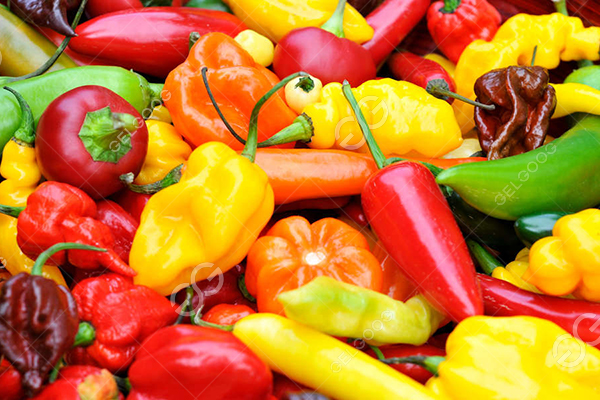What Is The Process Flow Of Chili Sauce?
Introduction
Chili sauce, known for its fiery kick and rich flavor, is a popular condiment enjoyed worldwide. The process of creating this zesty sauce involves a series of steps that transform fresh chili peppers into a delectable blend. In this essay, we will explore the process flow of chili sauce, providing a comprehensive understanding of how this spicy delight is made.
Selection of Chili Peppers :
The first step in creating chili sauce is selecting the right chili peppers. Varieties such as jalapeños, habaneros, or serranos are commonly used due to their distinct heat levels and flavors. High-quality peppers with vibrant colors and no signs of spoilage are chosen to ensure the best taste. The selected peppers are thoroughly washed to remove any dirt or impurities.
Preparation and Chopping :
After washing, the chili peppers are prepared by removing the stems. Depending on the desired level of spiciness, the seeds and membranes can be partially or entirely removed. Chopping the peppers into smaller pieces helps in enhancing the blending process later on. Garlic, onions, and other flavoring ingredients may also be prepared and added at this stage to enhance the sauce’s taste.
Cooking and Blending :
The prepared chili peppers and other ingredients are then cooked in a pot. The cooking process helps soften the peppers, develop their flavors, and meld the ingredients together. Water, vinegar, and salt are typically added to create the desired consistency and balance the flavors. The mixture is simmered over low heat for a specific period, allowing the flavors to intensify.
Once the mixture has cooked, it is transferred to a blender or food processor. The blending process transforms the cooked ingredients into a smooth and homogeneous sauce. This step can be adjusted based on personal preference, with some people preferring a chunkier texture. Care must be taken while blending to prevent hot steam buildup and to ensure safety.
Straining and Bottling:
To achieve a smooth and consistent texture, the blended sauce is strained through a fine-mesh sieve or cheesecloth. This step removes any remaining seeds, skins, or coarse particles, resulting in a silky chili sauce.
After straining, the sauce is ready to be bottled. Clean, sterilized bottles or jars are filled with the sauce, leaving some headspace to allow for expansion. The bottles are sealed tightly to prevent contamination and extend the sauce’s shelf life. Proper labeling with ingredients, manufacturing date, and expiration date is crucial for consumer information and safety.
Conclusion :
Creating chili sauce involves a systematic process that begins with selecting the right chili peppers, followed by their preparation, cooking, blending, straining, and finally, bottling. Each step contributes to the development of the sauce’s unique flavor and consistency. Understanding this process helps us appreciate the craftsmanship involved in producing this beloved condiment.
In conclusion, chili sauce production is a labor of love, resulting in a versatile and zesty accompaniment that adds a touch of heat and flavor to countless dishes. The process flow outlined above provides a glimpse into the fascinating journey of transforming chili peppers into a delightful sauce that enhances the culinary experience.






